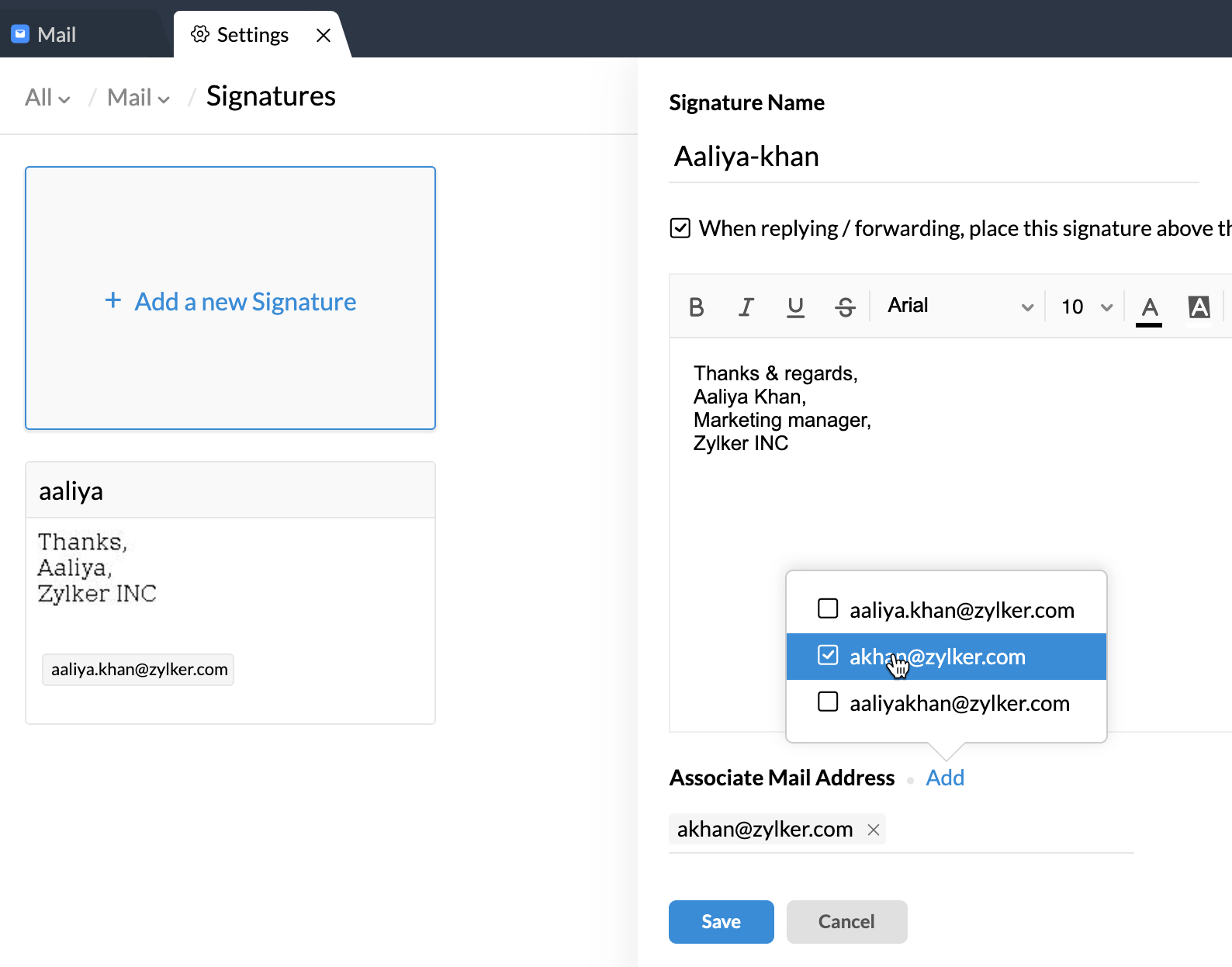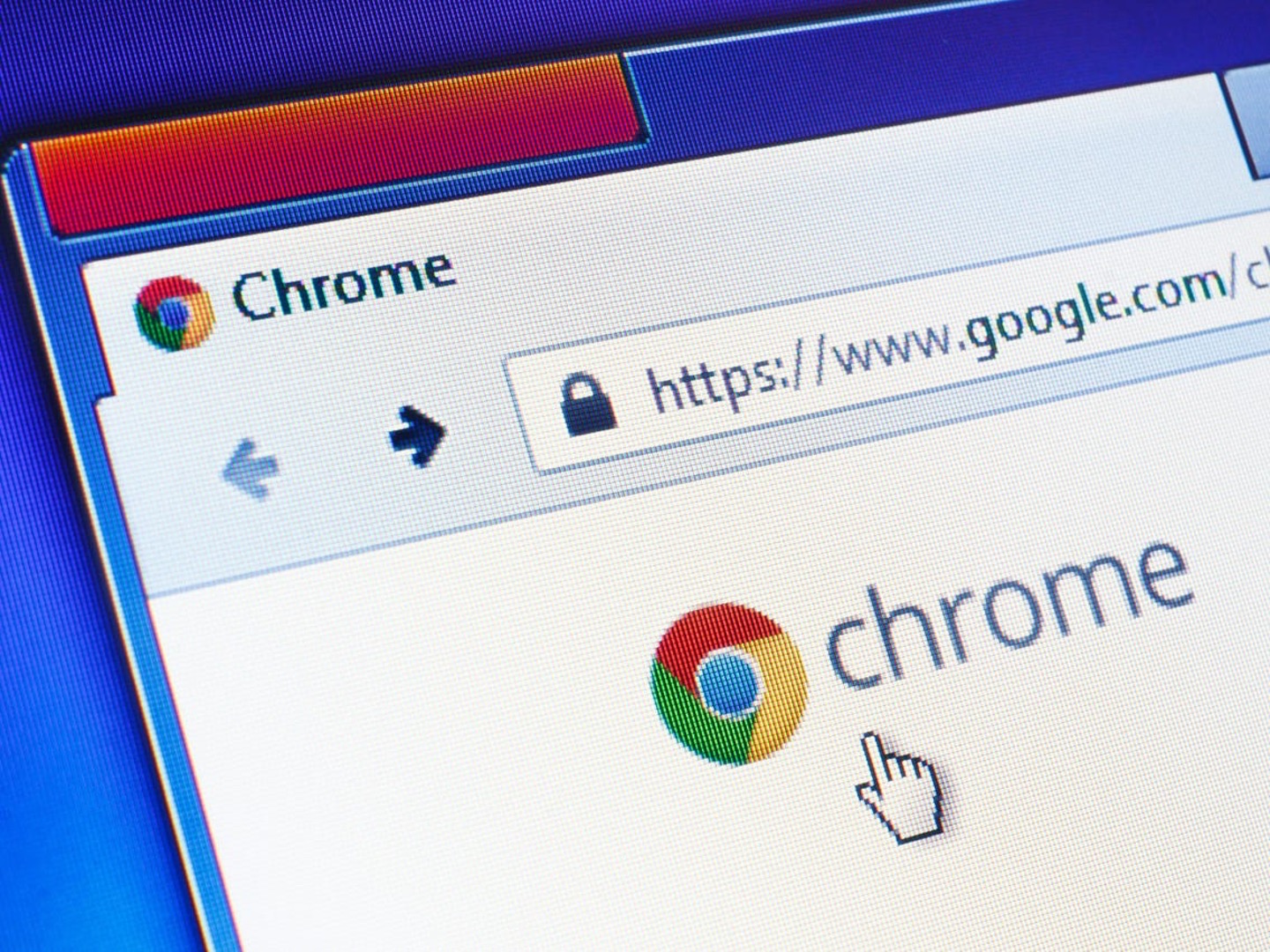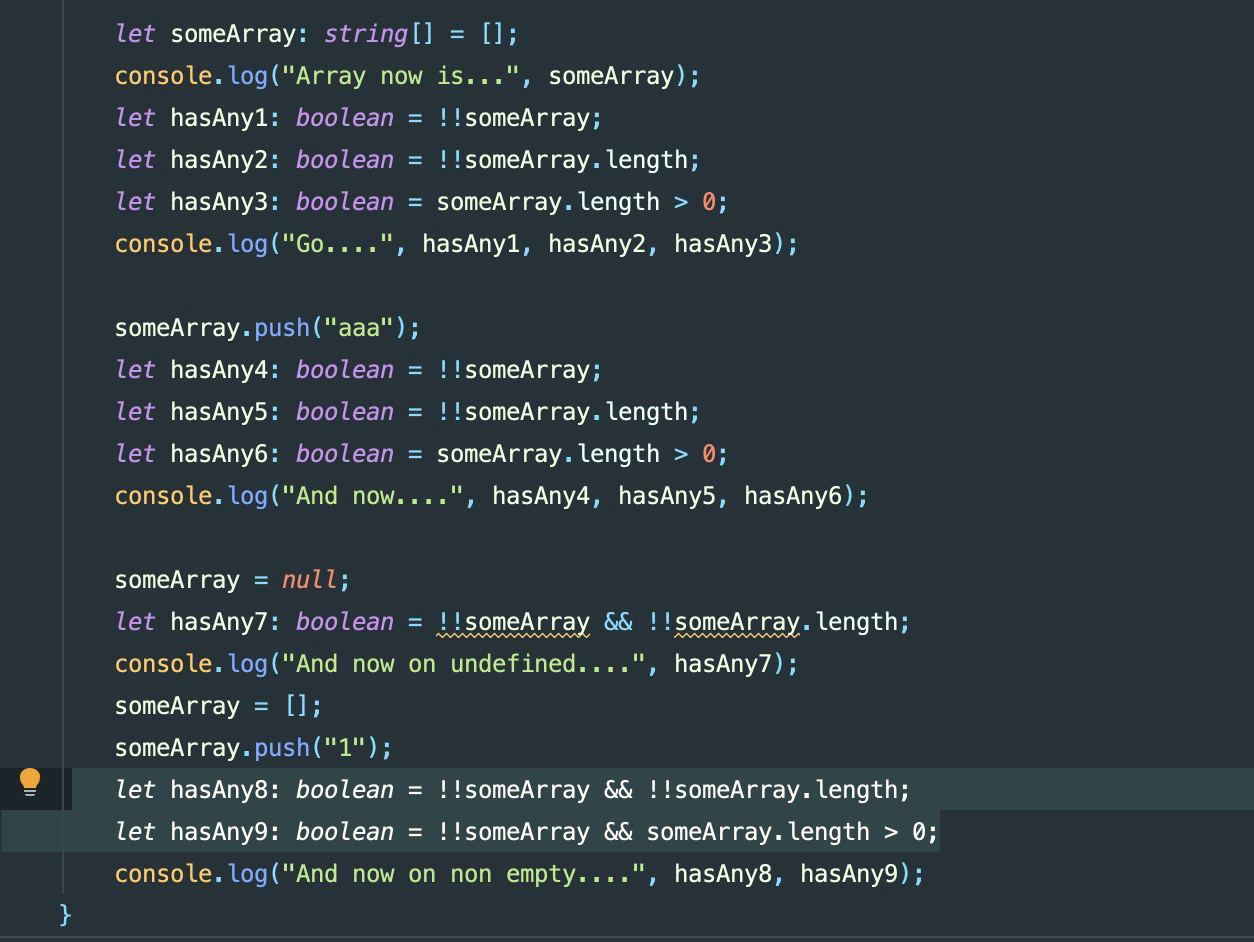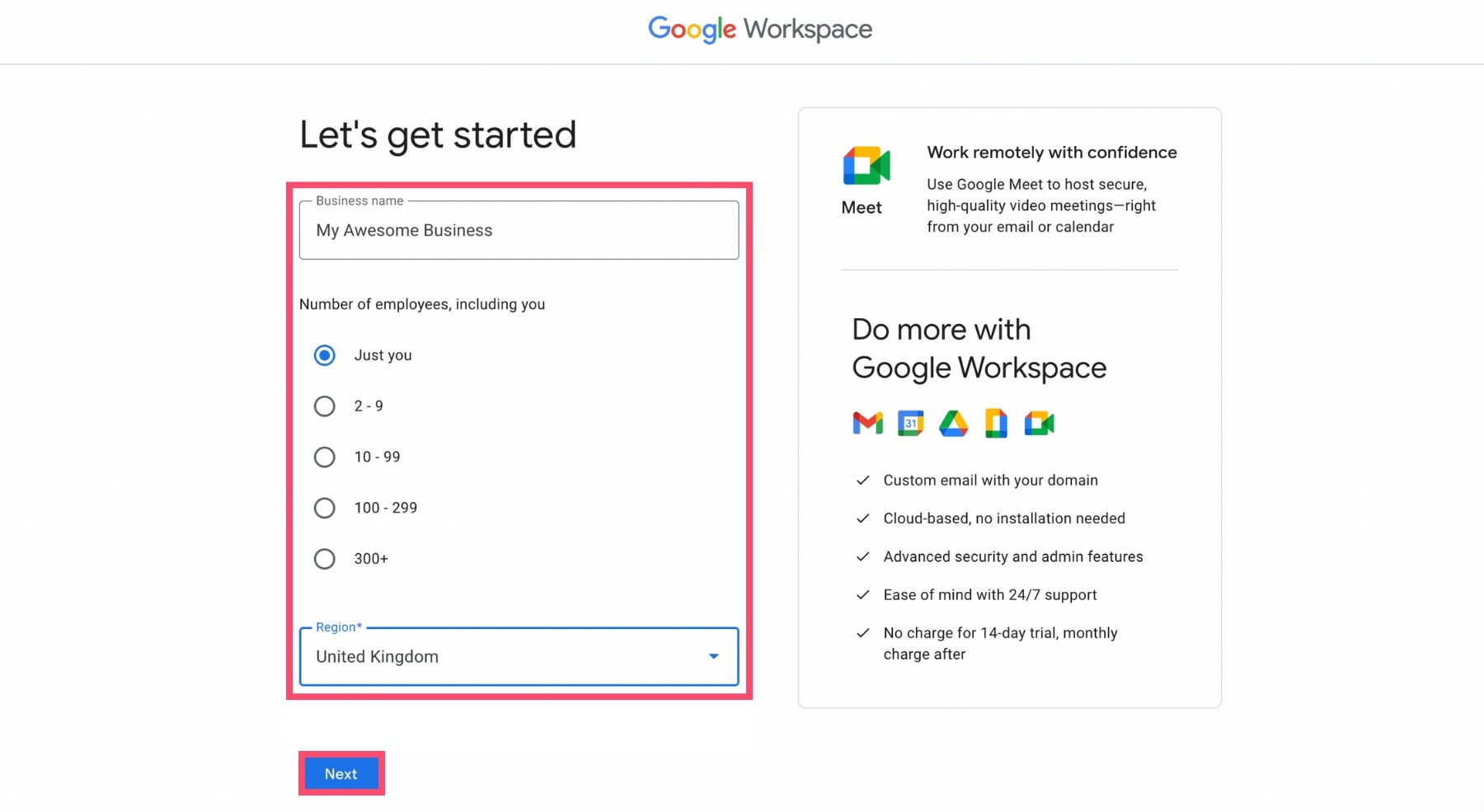Introduction
Welcome to the world of email aliases! In this digital era, email plays a crucial role in our personal and professional lives. However, managing multiple email addresses can be a daunting task, leading to inbox overload and confusion. This is where email aliases come to the rescue.
An email alias is an additional email address that can be created and linked to your primary email account. It acts as a forwarding address, allowing you to receive emails sent to the alias without the need for a separate inbox or email client. Essentially, it functions as a virtual middleman, directing incoming messages to your primary email account.
In this article, we will explore the concept of email aliases, discuss their benefits, learn how to create them, and discover how to use them effectively. So, whether you’re a busy professional, a small business owner, or simply someone looking to streamline their email management, keep reading to uncover the power of email aliases.
What is an Email Alias?
An email alias is an alternate email address that can be associated with your primary email account. It acts as a virtual pointer, allowing you to receive emails sent to the alias without revealing your primary email address. Think of it as a pseudonym for your email address, providing an additional layer of privacy and flexibility.
When you create an email alias, any messages sent to that alias will be automatically redirected to your primary email inbox. This means you can effectively manage multiple email addresses without the need for separate email accounts or email clients.
Email aliases are incredibly versatile and can be used for various purposes. For instance, if you run a small business, you can create individual aliases for different departments or employees, such as sales@yourcompany.com or john.doe@yourcompany.com. This not only helps in organization but also enables better email filtering and response handling.
Furthermore, email aliases can be used for personal purposes as well. Let’s say you’re signing up for a newsletter or registering on a website that requires an email address. Instead of providing your primary email address, which may attract future marketing emails or potential spam, you can simply create an email alias specifically for that purpose. If unwanted emails start flooding your inbox, you can easily delete or deactivate the alias, without affecting your primary email account.
It’s important to note that email aliases do not require separate login credentials or mailbox management. They are essentially linked to your primary email account and can be controlled and managed from the same interface.
Overall, email aliases serve as a practical solution for managing multiple email addresses and organizing incoming messages. They provide added privacy, flexibility, and convenience, making email management a breeze.
Why Use an Email Alias?
Email aliases offer several compelling reasons to use them in your email management strategy. Let’s explore some of the key benefits:
1. Enhanced Privacy: By using email aliases, you can protect your primary email address from being exposed to spammers or potential data breaches. This helps in reducing the risk of receiving unsolicited emails or falling victim to phishing attempts.
2. Organizational Efficiency: Email aliases provide a practical solution for organizing incoming messages. Whether you’re running a business or managing multiple projects, aliases allow you to categorize and filter emails based on their purpose or source. This not only streamlines your inbox but also improves your overall productivity.
3. Professional Image: If you operate a business, having email aliases for different departments or roles can give your organization a more professional appearance. It creates a cohesive structure and allows for better communication with clients and customers.
4. Easy Email Address Management: Instead of juggling multiple email accounts, aliases enable you to manage everything from your primary email interface. This eliminates the hassle of switching between accounts and reduces the chance of missing important messages.
5. Flexibility and Scalability: Email aliases offer the flexibility to adapt to changing needs. You can create or delete aliases as required, providing a scalable solution to manage your email communication.
6. Separate Personal and Work Communications: If you prefer to keep your personal and professional lives separate, using email aliases can be a great option. You can create separate aliases for personal use and work-related matters, keeping your personal email address private.
7. Easy Email Filtering: With aliases, you can set up filters or rules to automatically sort incoming emails based on the alias they are sent to. This helps in prioritizing and organizing your messages, saving you time and effort.
8. Email Marketing and Newsletters: Email aliases are handy when signing up for newsletters or engaging in online promotions. You can create a dedicated alias for such subscriptions, making it easier to manage them separately from your primary inbox.
In summary, using email aliases offers numerous advantages in terms of privacy, organization, professionalism, and control. With their ability to streamline email management and protect your primary email address, email aliases are an essential tool for efficient communication in the digital age.
How to Create an Email Alias
Creating an email alias is a relatively straightforward process. The exact steps may vary depending on your email service provider, but the general procedure remains similar. Here’s a basic guide on how to create an email alias:
Step 1: Login to your Email Account
Go to the login page of your email service provider and enter your credentials to access your email account.
Step 2: Navigate to Account Settings
Once logged in, locate the account settings or preferences section. This is typically found in the top-right corner of the email interface or under a drop-down menu.
Step 3: Find the Email Alias Option
Within the account settings, search for the option to create email aliases. It might be labeled as aliases, additional addresses, or something similar.
Step 4: Add the Alias
Click on the option to add a new alias. You may be asked to provide the desired alias name and specify whether you want it to be a separate email address or a forwarding address.
Step 5: Configure Forwarding (if applicable)
If you choose the forwarding option, you’ll need to enter the primary email address where the alias emails should be forwarded. Confirm the forwarding settings and save your changes.
Step 6: Verify and Confirm
Some email providers may require you to verify the email alias before it becomes active. Follow the instructions provided to complete the verification process.
Step 7: Start Using the Alias
Once the alias is created and verified, you can start utilizing it immediately. Any emails sent to the alias will be redirected to your primary email inbox.
Remember, the specific steps may vary depending on your email service provider. If you encounter difficulties or have any questions, refer to the help documentation or support resources provided by your email service provider.
Creating email aliases provides you with more control and flexibility in managing your email communication. By following these steps, you can easily set up multiple aliases to enhance your email management experience.
Benefits of Using Email Aliases
Email aliases offer numerous advantages that can greatly improve your email management and communication. Let’s dive into some of the key benefits:
1. Enhanced Privacy and Security: Email aliases provide an additional layer of privacy and security for your primary email address. By using aliases, you can keep your real email address hidden from potential spammers or malicious actors, reducing the risk of unwanted emails or data breaches.
2. Simplified Inbox Management: Managing multiple email addresses can be overwhelming and time-consuming. Email aliases allow you to consolidate all incoming messages into a single inbox, making it easier to organize and prioritize your emails.
3. Efficient Email Filtering: With email aliases, you can apply filters and rules to automatically sort and prioritize incoming emails based on the alias they are sent to. This helps in separating important messages from less critical ones, enabling you to focus on what matters most.
4. Streamlined Communication for Businesses: Email aliases are especially beneficial for businesses. They allow you to create separate aliases for different departments, roles, or projects, facilitating better communication and collaboration within the organization.
5. Professional Image and Branding: Using email aliases that align with your business domain (e.g., sales@yourcompany.com) lends a professional touch to your email communications. It helps in establishing brand consistency and credibility in the eyes of clients, customers, and business partners.
6. Easy Organization and Categorization: Email aliases make it easier to organize and categorize your emails. You can create distinct aliases for different purposes, such as work, personal, or subscriptions, enabling you to categorize and manage your emails efficiently.
7. Scalability and Flexibility: Email aliases provide a flexible solution to adapt to changing needs. You can create or delete aliases as required, allowing you to scale your email management based on your evolving requirements.
8. Simplified Email Address Management: Instead of maintaining multiple email accounts and remembering separate login credentials, email aliases allow you to manage all your email addresses from a single interface. This saves time and eliminates the need for switching between different accounts.
9. Easy Identification of Email Sources: By using different aliases for various purposes, you can easily identify the source or purpose of an incoming email. This helps in prioritizing and addressing messages quickly and effectively.
10. Separation of Personal and Professional Communication: Email aliases enable you to keep personal and professional communications separate. You can create separate aliases for work-related matters, allowing you to focus on work-related emails when needed.
In summary, email aliases offer a range of valuable benefits, including enhanced privacy, simplified inbox management, efficient communication for businesses, and overall streamlining of email management. By using aliases strategically, you can significantly improve your email experience and increase productivity.
How to Use Email Aliases Effectively
Using email aliases effectively can greatly enhance your email management and communication. Here are some tips to help you make the most out of your email aliases:
1. Create Purposeful Aliases: When creating email aliases, think about the specific purpose or use case for each alias. Whether it’s for work, personal, subscriptions, or different projects, having purposeful aliases ensures clear categorization and organization of incoming emails.
2. Set Up Email Filters: Take advantage of email filtering options provided by your email service. Set up rules and filters to automatically sort incoming emails based on the aliases they are sent to. This helps in keeping your inbox organized and ensures important messages are easily accessible.
3. Use Reply-To Address Appropriately: When replying to emails received through aliases, make sure to use the appropriate reply-to address. This ensures that your responses are sent from the correct alias, maintaining consistency and professionalism in your email communication.
4. Regularly Review and Update Aliases: Regularly review your email aliases to ensure they are still serving their intended purposes. Remove unnecessary aliases and create new ones as needed. This practice helps in maintaining a clean and efficient email management system.
5. Customize Signature for Aliases: Customize your email signature for each alias to ensure consistency and reinforce your branding. Add appropriate contact details or relevant information based on the purpose of the alias.
6. Avoid Alias Overload: While aliases can be immensely useful, it’s important not to overcomplicate your email setup. Use a limited number of aliases to avoid confusion and make sure you can effectively manage the incoming emails.
7. Be Mindful of Alias Security: While email aliases add an extra layer of privacy, it’s still important to practice good email security habits. Be cautious about sharing aliases in public forums or untrusted websites to prevent potential spam or phishing attacks.
8. Regularly Clean Up Your Inbox: Regardless of using aliases, it’s essential to regularly clean up your inbox. Delete unnecessary emails, archive important messages, and maintain a clutter-free email environment for better organization and productivity.
9. Train Yourself and Others: If you’re part of a team or organization, educate yourself and others on how to effectively use email aliases. Share best practices and guidelines for alias management to ensure consistent and efficient email communication.
10. Explore Advanced Features and Integrations: Depending on your email service provider, explore advanced features and integrations that can enhance your email alias experience. These may include advanced filtering options, integration with productivity tools, or automatic email sorting.
By following these tips, you can make the most out of your email aliases and optimize your email management. Remember, effective use of aliases not only helps in organizing your inbox but also enhances productivity and communication in both personal and professional settings.
Common Misconceptions about Email Aliases
Email aliases are a valuable tool for managing your email communication, but there are some misconceptions that surround them. Let’s debunk some of the common misconceptions about email aliases:
1. Email Aliases are Separate Email Accounts: One common misconception is that email aliases are separate email accounts. In reality, email aliases are linked to your primary email account and function as forwarding addresses. They do not require separate login credentials or mailbox management.
2. Aliases Can be Used for Sending Emails: Another misconception is that email aliases can be used to send emails. In most cases, email aliases are used for receiving emails only. If you want to send emails using an alias, you may need to explore additional options provided by your email service provider.
3. Aliases Provide Unlimited Storage: Some may believe that email aliases offer unlimited storage space. However, the storage capacity of an email alias is connected to your primary email account. So, if your primary account has limited storage, the same limit will apply to your aliases.
4. Aliases Provide Anonymity: While email aliases can provide an additional layer of privacy, they do not make you completely anonymous. Recipients can still see the email address from which the email was sent. Additionally, your email service provider may have access to your real email address and the associated aliases.
5. Aliases Can be Used to Bypass Email Filters: Some people may assume that using email aliases can help bypass email filters or spam detection systems. However, email filtering is typically based on the content and sender reputation, rather than the alias used. Therefore, using an alias does not guarantee bypassing or circumventing email filters.
6. Aliases Cannot Receive Replies: It’s a common misconception that when someone replies to an email sent to an alias, the response is lost. In reality, when a recipient replies to an email received through an alias, the response is directed to the actual email address associated with the alias.
7. Aliases are Complicated to Set Up: Setting up email aliases can be perceived as a complex process, but it is generally straightforward and can be done within the account settings of your email service provider. The steps for creating aliases vary slightly between providers, but most offer documentation or support resources to guide you.
8. Aliases are Only Useful for Businesses: While aliases can be extremely beneficial for businesses, they are not limited to business use only. Individuals can also benefit from aliases by managing personal and professional emails separately, keeping their primary email address private, and organizing incoming messages effectively.
By dispelling these misconceptions, you can better understand the true capabilities and limitations of email aliases. Using email aliases correctly and knowing what they can and cannot do will help you make the most of this powerful email management tool.
Conclusion
Email aliases are a valuable tool that can greatly enhance your email management and communication. By creating additional email addresses linked to your primary account, you can enjoy a range of benefits such as enhanced privacy, simplified inbox management, and improved organization. Email aliases provide a flexible and scalable solution for managing multiple email addresses without the need for separate accounts or login credentials.
With email aliases, you can create purposeful aliases for various purposes such as work, personal, subscriptions, or different projects. Utilizing filters and rules, you can automatically sort and prioritize incoming emails based on the alias they are sent to, making it easier to stay organized and efficient in managing your email communication.
It’s important to note that email aliases do not provide anonymity, unlimited storage, or the ability to send emails directly. However, they offer valuable features to streamline your email communication and protect your primary email address from spam and potential security breaches.
To make the most out of email aliases, it’s essential to understand their capabilities and dispel common misconceptions. By following best practices such as regularly reviewing and updating aliases, customizing signatures, and being mindful of email security, you can optimize your email management experience.
Whether you’re a busy professional, a small business owner, or someone who simply wants to maintain better control over their email communication, email aliases can be a game-changer. Take the time to explore the features and options provided by your email service provider to create and manage aliases effectively.
Embrace the power of email aliases and unlock a whole new level of efficiency, organization, and privacy in your email communication. Start using email aliases today and experience the benefits firsthand.

























